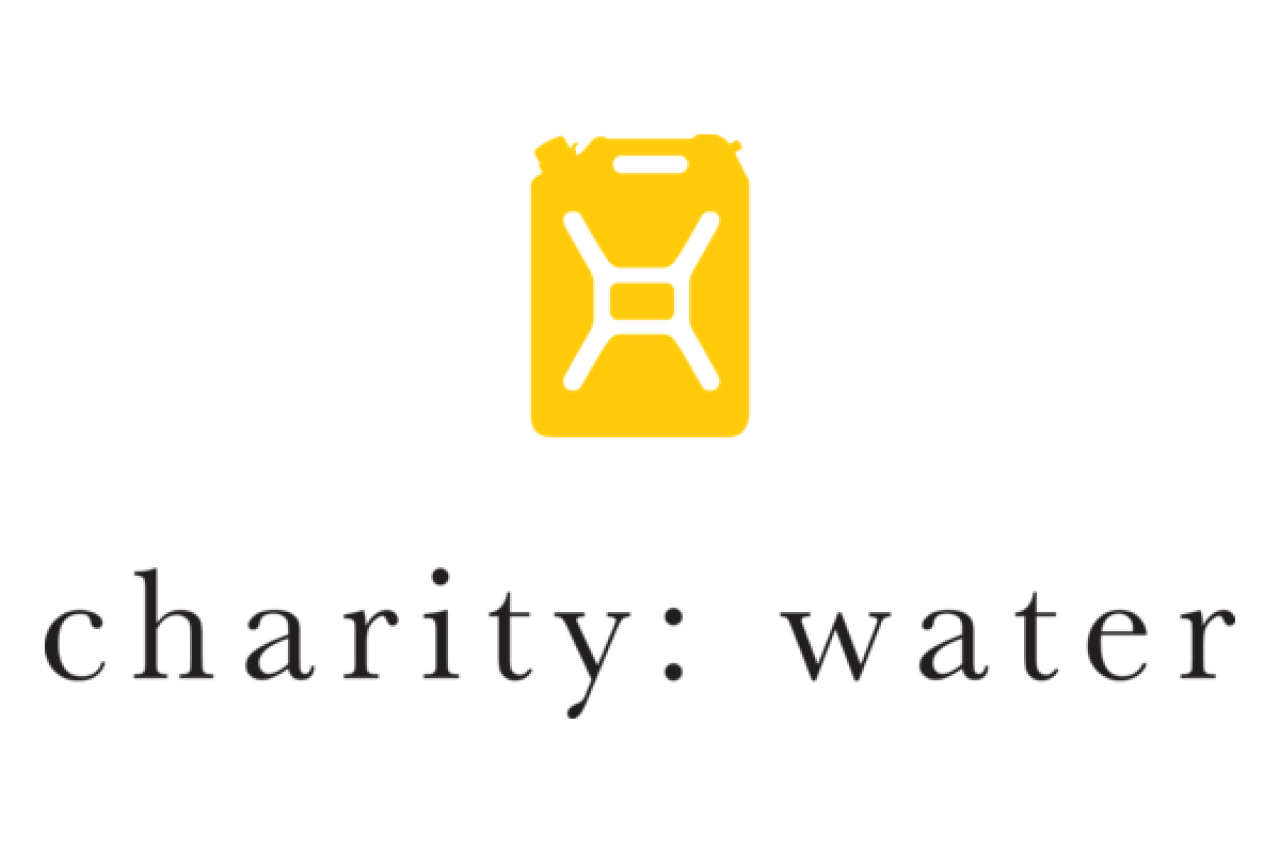

Salesforce is one of the most widely used CRM platforms in the world, enabling organizations to streamline their sales, marketing, and customer service operations. However, as we navigate the realities of climate change and environmental degradation, it's crucial to integrate sustainability into our technology practices. But what steps can we take towards sustainability?
The Impact of Technology on Climate Change
Before we dive into that, it’s important to understand how the enterprise technology sector is a significant contributor to climate change. Data centers, the backbone of cloud services, consume vast amounts of electricity, often generated from non-renewable sources. According to a 2019 report by the International Energy Agency, data centers account for about 1% of global electricity demand, and this figure is expected to continue to grow.
Sustainability isn’t just a buzzword; implementing sustainable practices within your Salesforce org is a critical component of a responsible organization that wants to help reduce environmental impact and promote a culture of responsibility. Let’s talk about 10 steps you can take to create a more sustainable Salesforce org.
1. Perform a Sustainability Audit
A great way to begin your sustainability journey is by evaluating your current Salesforce org. We suggest assessing areas such as data storage, process efficiency, and energy consumption. Identify any redundant data, inefficient processes, and unnecessary customizations that might be contributing to higher energy usage and costs.
While Salesforce is a cloud-based platform, how you use it can still impact energy consumption. Excessive API calls or inefficient queries can strain resources. We suggest analyzing your API usage and optimizing queries to reduce server load and energy consumption.
2. Adopt Salesforce Net Zero Cloud
Another way to audit your org is with Salesforce Net Zero Cloud. This tool helps organizations track, analyze, and report on their environmental data. It provides insights into your carbon footprint, energy usage, and other critical sustainability metrics. By integrating this tool into your Salesforce org, you can make data-driven decisions to reduce your environmental impact.
3. Optimize Data Storage and Usage
Data storage requires energy, and unnecessary data can lead to excessive energy consumption. Regularly audit your Salesforce org to identify and remove redundant or obsolete data and save energy and resources. Implement data retention policies to ensure only essential data is stored. We suggest using Salesforce’s Performance Assistant to identify areas for improvement.
4. Leverage AI and Automation for Efficiency
Salesforce's AI capabilities, such as Einstein, can streamline operations and improve efficiency. By automating routine tasks, you can reduce the computational load and energy consumption. AI-driven insights can also help identify areas where resources can be conserved.
5. Promote Remote Work and Collaboration
The Salesforce platform enables its users to access remote work capabilities. Encourage your team to leverage these tools to reduce the need for physical office space and commuting, thereby lowering your organization's carbon footprint. Use features like Chatter, Quip, or Slack to enhance digital collaboration.
6. Implement Energy-Efficient Practices
Train your Salesforce administrators and users to follow energy-efficient practices. This includes turning off systems when not in use, optimizing workflows to reduce unnecessary processes, and scheduling automated tasks during off-peak hours to balance energy load.
7. Choose Sustainable Apps
The Salesforce AppExchange is an online marketplace that offers applications, components, and services that extend the functionality of the Salesforce platform. We suggest choosing apps and integrations from the AppExchange that are committed to and prioritize sustainability, are cloud-native, and are optimized for energy efficiency.
8. Reduce Landfill Waste
Reducing landfill waste is a crucial aspect of sustainability, particularly in the technology sector, where electronic waste is a growing concern. When upgrading or acquiring new hardware, prioritize purchasing devices and accessories designed with sustainability in mind. Look for products that are made from recycled materials and are fully recyclable at the end of their lifecycle. Cut down on unnecessary waste by extending the lifespan of your technology through regular maintenance, upgrades, repairs, and the use of cases and screen protectors.
9. Foster a Culture of Sustainability
Create awareness and foster a culture of sustainability within your organization. Encourage employees to think about the environmental impact of their actions and to use Salesforce in ways that support sustainability goals. Regular training and workshops can help educate your employees about best practices and keep sustainability at the forefront.
10. Set Goals and Monitor Progress
Sustainability is an ongoing process. Be sure to set sustainability goals for your organization and inform your employees about these goals. You can use Salesforce’s reporting capabilities to regularly monitor your sustainability metrics, track your progress toward your environmental goals, and adjust your strategies as needed. Transparency is another consideration. Publishing your sustainability reports can help keep your stakeholders informed and engaged.
Conclusion
Integrating sustainability into your Salesforce org is not just a responsible choice, but a necessary one. The enterprise technology sector has a significant role to play in combating climate change, and by following these steps, you can ensure that your organization is part of the solution. Sustainable practices in Salesforce not only help the environment, but can also lead to cost savings and improved operational efficiency. Start your sustainability journey today and join Salesforce in leading the way toward a greener future!
Need help with your Salesforce digital transformation? Contact us to discuss Salesforce consulting, implementation, development, and support!





